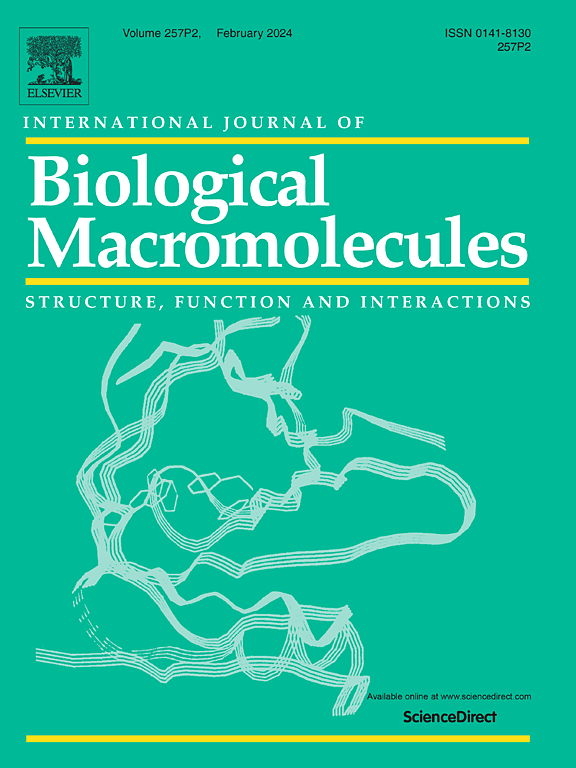Uncovering the mysteries of bacterial cytochrome c oxidases: A review on structural and molecular insights for potential application
IF 7.7
1区 化学
Q1 BIOCHEMISTRY & MOLECULAR BIOLOGY
International Journal of Biological Macromolecules
Pub Date : 2025-04-01
DOI:10.1016/j.ijbiomac.2025.142773
引用次数: 0
Abstract
Cytochrome c oxidases are hemoproteins with a heme prosthetic group bound to the apoprotein. These complex enzymes are found embedded in the plasma membrane of the bacterial cells and play a vital role in the transfer of electrons from the electron transport chain to the oxygen molecule that acts as a terminal electron acceptor and gets reduced to water molecules. It helps establish a proton gradient across the plasma membrane by pumping hydrogen ions into the periplasmic space, generating adenosine triphosphate through oxidative phosphorylation. Bacteria have various cytochrome c oxidases based on the ecological niche that are differentially expressed with varying environmental conditions. Cytochrome c oxidases are made of different subunits with a distinct heme‑copper binuclear active site that catalyzes oxygen molecule reduction. Since these complex enzymes play a vital role in cellular respiration, the structure of cytochrome c oxidases remains conserved in many of the bacteria. Therefore, a detailed analysis of the structure of enzyme subunits, amino acid composition, and catalytic activity helps to design small molecules as drugs of clinical relevance for bacteria. The present review focuses on the structural details and molecular mechanisms such as proton pumping, electron transfer and the catalytic activity of oxygen reduction.

求助全文
约1分钟内获得全文
求助全文
来源期刊
CiteScore
13.70
自引率
9.80%
发文量
2728
审稿时长
64 days
期刊介绍:
The International Journal of Biological Macromolecules is a well-established international journal dedicated to research on the chemical and biological aspects of natural macromolecules. Focusing on proteins, macromolecular carbohydrates, glycoproteins, proteoglycans, lignins, biological poly-acids, and nucleic acids, the journal presents the latest findings in molecular structure, properties, biological activities, interactions, modifications, and functional properties. Papers must offer new and novel insights, encompassing related model systems, structural conformational studies, theoretical developments, and analytical techniques. Each paper is required to primarily focus on at least one named biological macromolecule, reflected in the title, abstract, and text.

 求助内容:
求助内容: 应助结果提醒方式:
应助结果提醒方式:


